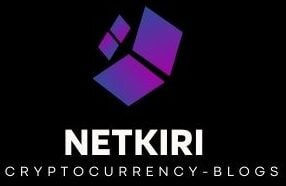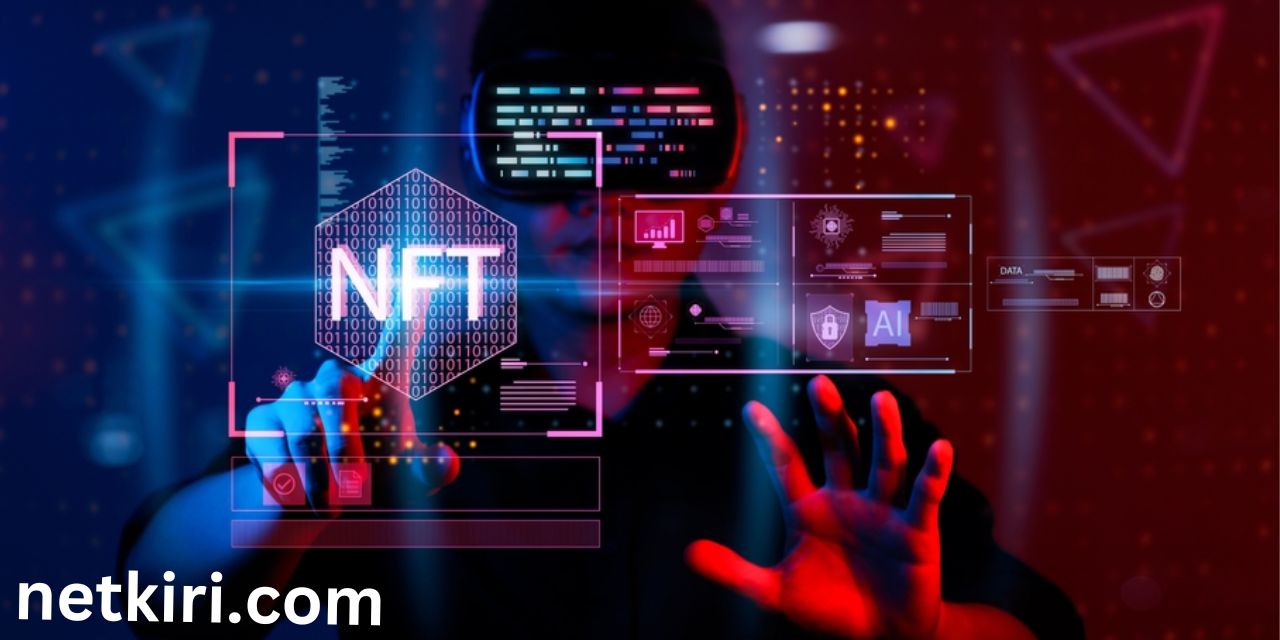In the ever-evolving landscape of decentralized finance (DeFi), innovation knows no bounds. From yield farming to liquidity mining, DeFi has redefined traditional finance, offering users unprecedented opportunities for wealth generation and financial autonomy. One of the latest frontiers in this space is the emergence of Non-Fungible Token (NFT) collateralized loans, a concept that marries the uniqueness of NFTs with the utility of borrowing and lending in DeFi protocols.
Table of Contents
Understanding NFTs
Before delving into NFT collateralized loans, it’s crucial to understand what NFTs are and why they’ve captured the imagination of the crypto community. Unlike cryptocurrencies such as Bitcoin or Ethereum, which are fungible and interchangeable, NFTs are unique digital assets that represent ownership or proof of authenticity of a specific item or piece of content. This could range from digital art, virtual real estate, collectibles, to even tweets and memes.
NFTs are built on blockchain technology, which ensures their scarcity, immutability, and provenance. Each NFT is distinguishable from others, making it impossible to replicate or counterfeit. This inherent uniqueness has led to a burgeoning market for digital collectibles and art, with some NFTs fetching millions of dollars in auctions.
The Rise of NFT Collateralized Loans
While NFTs have primarily been seen as collectibles or speculative assets, their utility extends far beyond that. Enter NFT collateralized loans, a novel concept that allows NFT owners to leverage their digital assets to secure loans in decentralized finance platforms. This innovative approach unlocks liquidity for NFT holders without the need to sell their prized digital possessions.
Traditionally, borrowing against assets requires collateral of equal or greater value to mitigate the lender’s risk. In the world of NFT collateralized loans, these digital assets serve as collateral, enabling users to access funds while retaining ownership of their NFTs. This opens up a plethora of opportunities for NFT holders, including but not limited to:
1. Liquidity Provision:
NFT owners can unlock the value of their assets without parting ways with them permanently. This liquidity can be used for various purposes, such as investment opportunities, paying bills, or even funding other NFT acquisitions.
2. Speculation and Investment:
Traders and investors can utilize NFT collateralized loans to amplify their speculative activities or invest in other assets, leveraging their existing NFT holdings as collateral. This can potentially increase returns while managing risk effectively.
3. Diversification:
NFT collateralized loans enable portfolio diversification by allowing users to access funds against their NFT holdings, which can then be reinvested in different assets or strategies, thereby reducing concentration risk.
4. Unlocking Creativity:
Artists and content creators can leverage their NFTs to secure loans, providing them with the financial resources to pursue their creative endeavors. This empowers creators to monetize their digital art while retaining ownership and control over their creations.
How NFT Collateralized Loans Work
The mechanics of NFT collateralized loans typically involve the following steps:
1. Selection of NFT Collateral: The borrower selects the NFTs they wish to use as collateral for the loan. These NFTs are evaluated based on factors such as rarity, market demand, and authenticity to determine their eligibility.
2. Loan Parameters: The borrower specifies the desired loan amount, duration, and interest rate. These parameters are agreed upon by both parties and encoded in a smart contract, ensuring transparency and immutability.
3. Collateral Locking: The borrower locks their selected NFTs in a smart contract as collateral for the loan. The smart contract verifies the authenticity and ownership of the NFTs, preventing double spending or fraud.
4. Loan Disbursement: Upon successful collateral locking, the loan amount is disbursed to the borrower’s wallet. The borrower can then utilize the funds for their intended purposes, whether it’s investing, spending, or holding.
5. Repayment and Redemption: The borrower is required to repay the loan amount plus accrued interest within the specified duration. Once the loan is fully repaid, the collateralized NFTs are released back to the borrower’s wallet, restoring full ownership rights.
Challenges and Considerations
While NFT collateralized loans offer exciting possibilities, they also come with certain challenges and considerations:
1. Volatility: The value of NFTs can be highly volatile, posing risks to both borrowers and lenders. Sharp price fluctuations in the NFT market can lead to margin calls or liquidation events, impacting the stability of the loan.
2. Evaluation and Valuation: Assessing the value of NFT collateral can be subjective and complex, given the unique nature of these assets. Establishing accurate valuations requires expertise in digital art, collectibles, and market dynamics.
3. Regulatory Uncertainty: The regulatory landscape surrounding NFTs and DeFi is still evolving, raising questions about compliance and legal risks associated with NFT collateralized loans. Regulatory clarity is essential to ensure the legitimacy and sustainability of these platforms.
4. Smart Contract Risks: NFT collateralized loans rely on smart contracts to automate the lending process. However, vulnerabilities in smart contract code or exploits can potentially compromise the security of funds and collateral.
The Future of NFT Collateralized Loans
Despite these challenges, the future looks promising for NFT collateralized loans. As the NFT market continues to mature and innovate, we can expect to see advancements in risk management, valuation methodologies, and regulatory frameworks. Collaborations between DeFi protocols, NFT marketplaces, and traditional financial institutions could further legitimize and mainstream NFT collateralized loans, opening up new avenues for financial inclusion and innovation.
Conclusion
In conclusion, NFT collateralized loans represent a new frontier in decentralized finance, bridging the gap between digital art, collectibles, and traditional financial services. By unlocking liquidity and enabling asset-backed borrowing, these platforms empower NFT holders to maximize the value of their digital assets while retaining ownership and control. As the DeFi ecosystem evolves, NFT collateralized loans are poised to play a pivotal role in shaping the future of finance, offering unprecedented opportunities for users to leverage their creativity, investments, and digital ownership rights.

